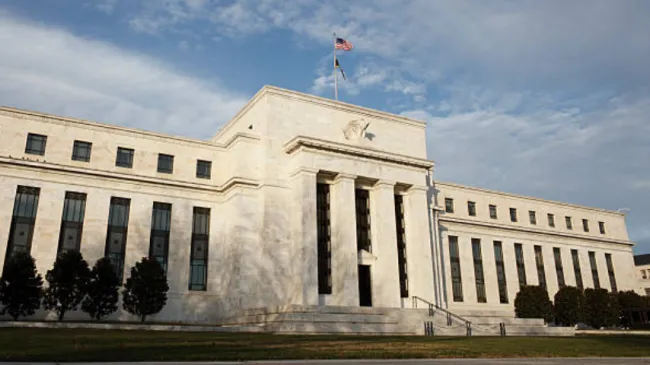John Law and the Invention of Modern Finance
Just as Keynesians and financial commentators bemoan the fact that people are reacting to the current downturn and stock market crash by saving instead of spending and investing, Law did all he could to keep investors from fleeing his crashing Mississippi Company shares and battered currency.









